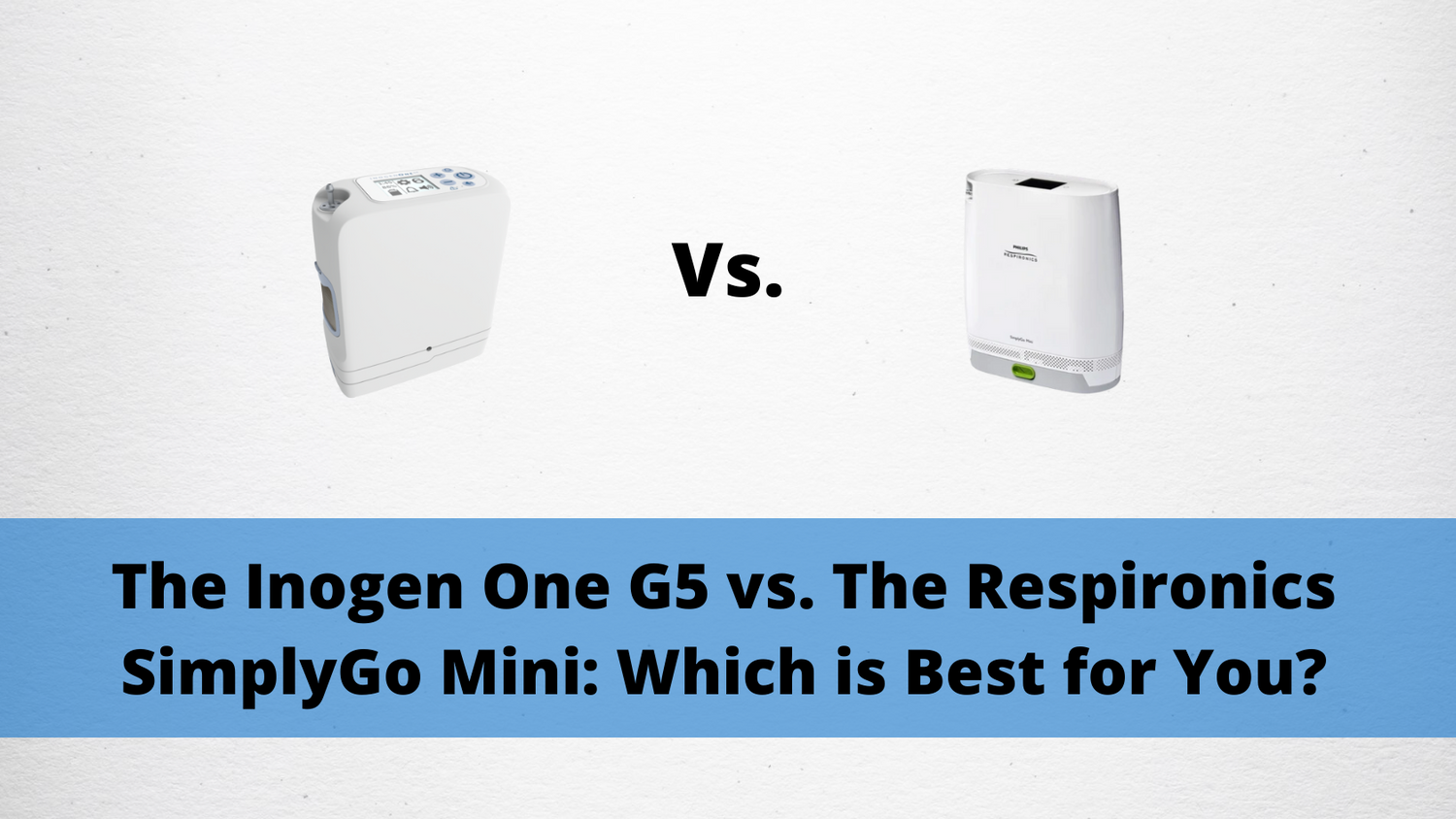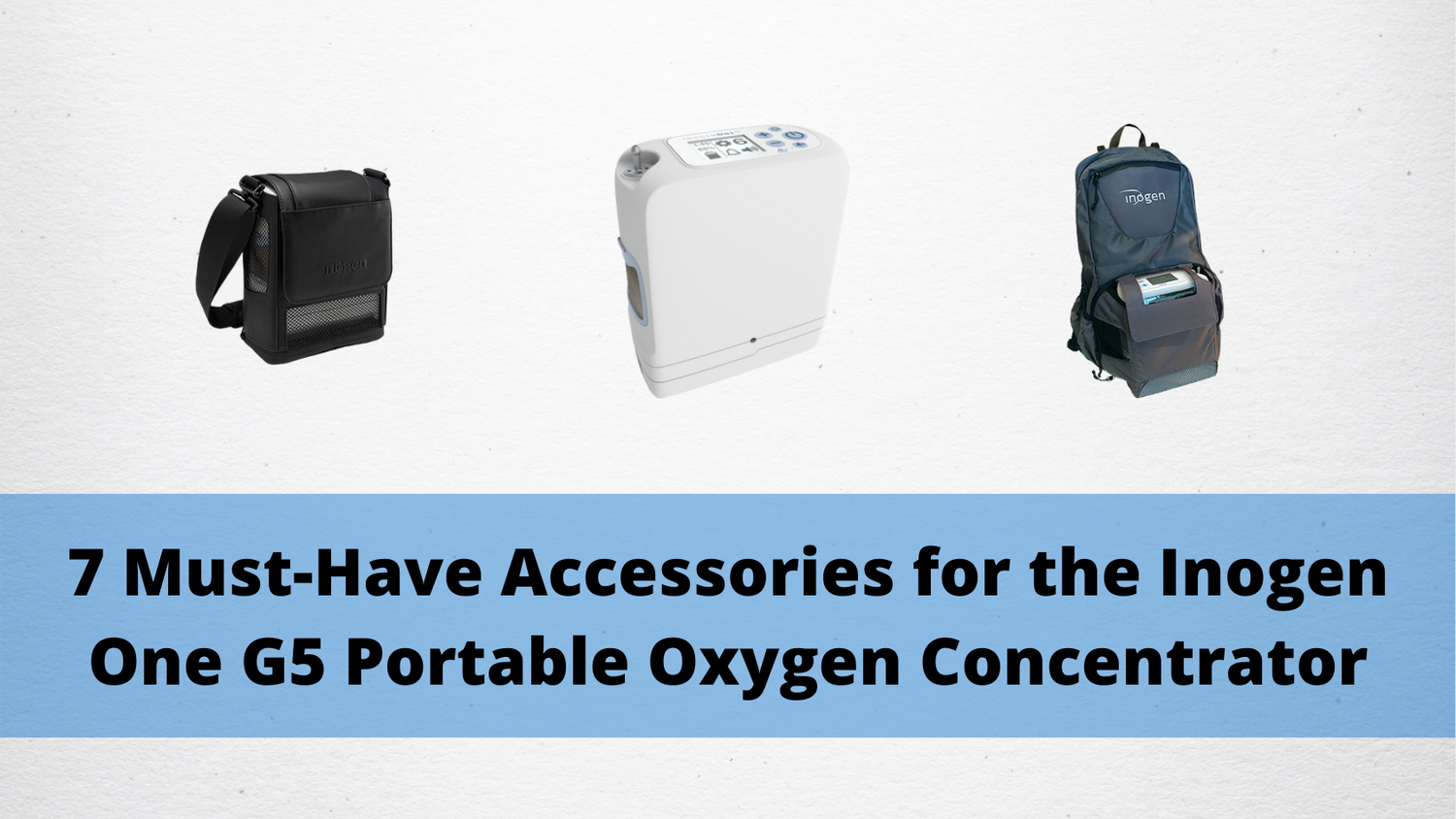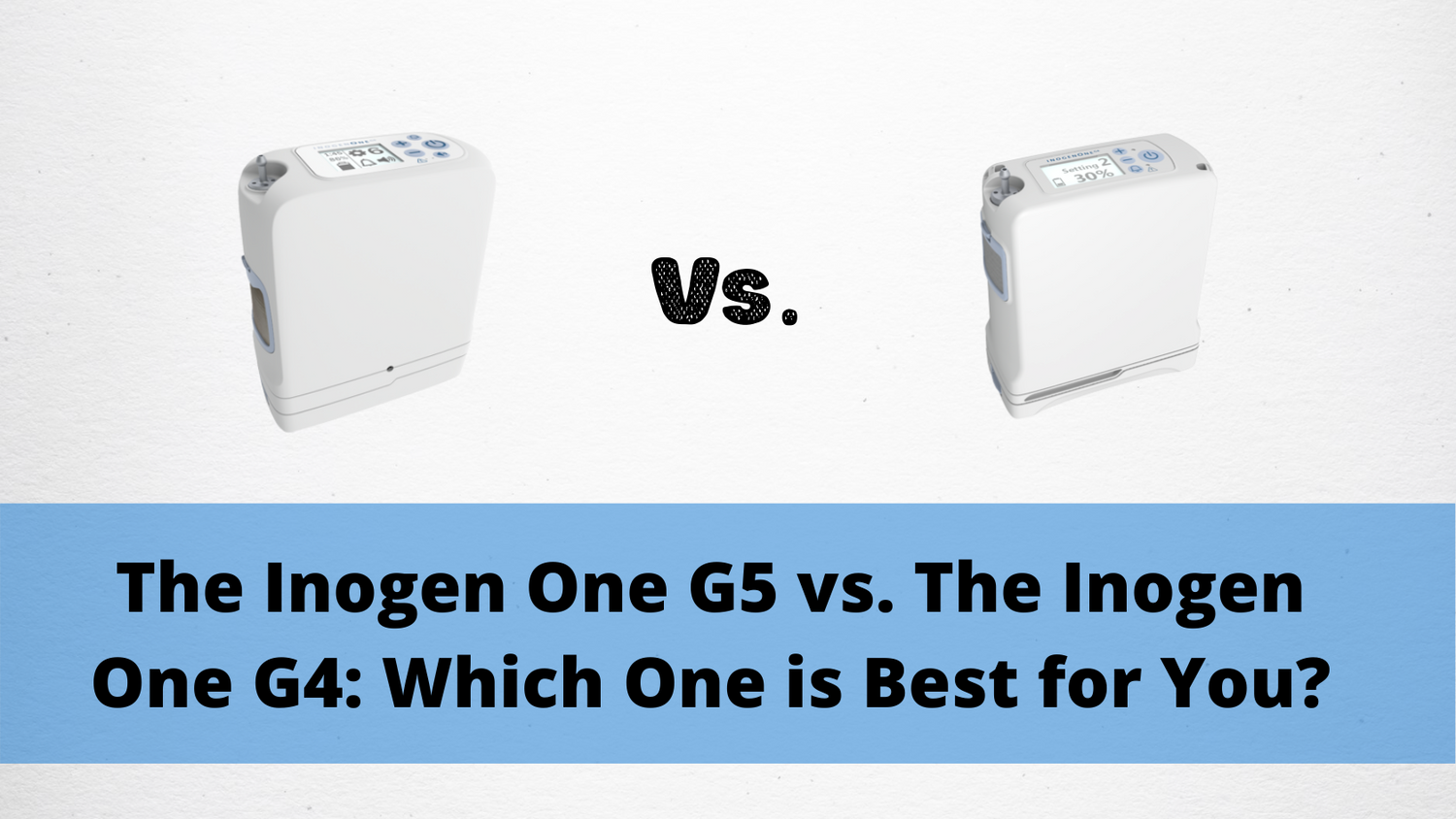Respiratory Resource Center - LPT Medical
The Inogen One G5 vs. The Respironics SimplyGo Mini: Which is Best for You?
In this day and age, everything seems to be...
Read More7 Must-Have Accessories for the Inogen One G5 Portable Oxygen Concentrator
The Inogen One G5 was released back in...
Read MoreThe Inogen One G5 vs. The Inogen One G4: Which One is Best for You?
If you’ve been tuning into our blog the last...
Read More


